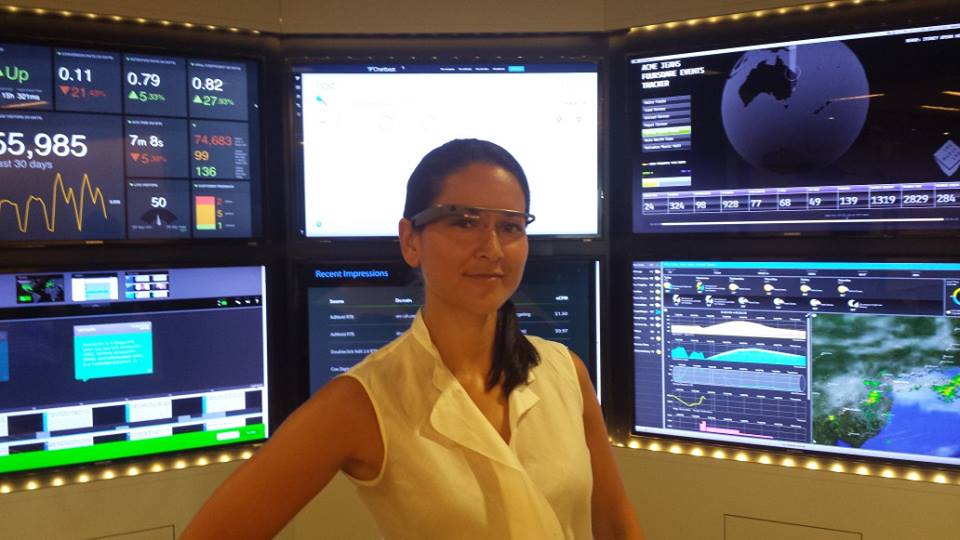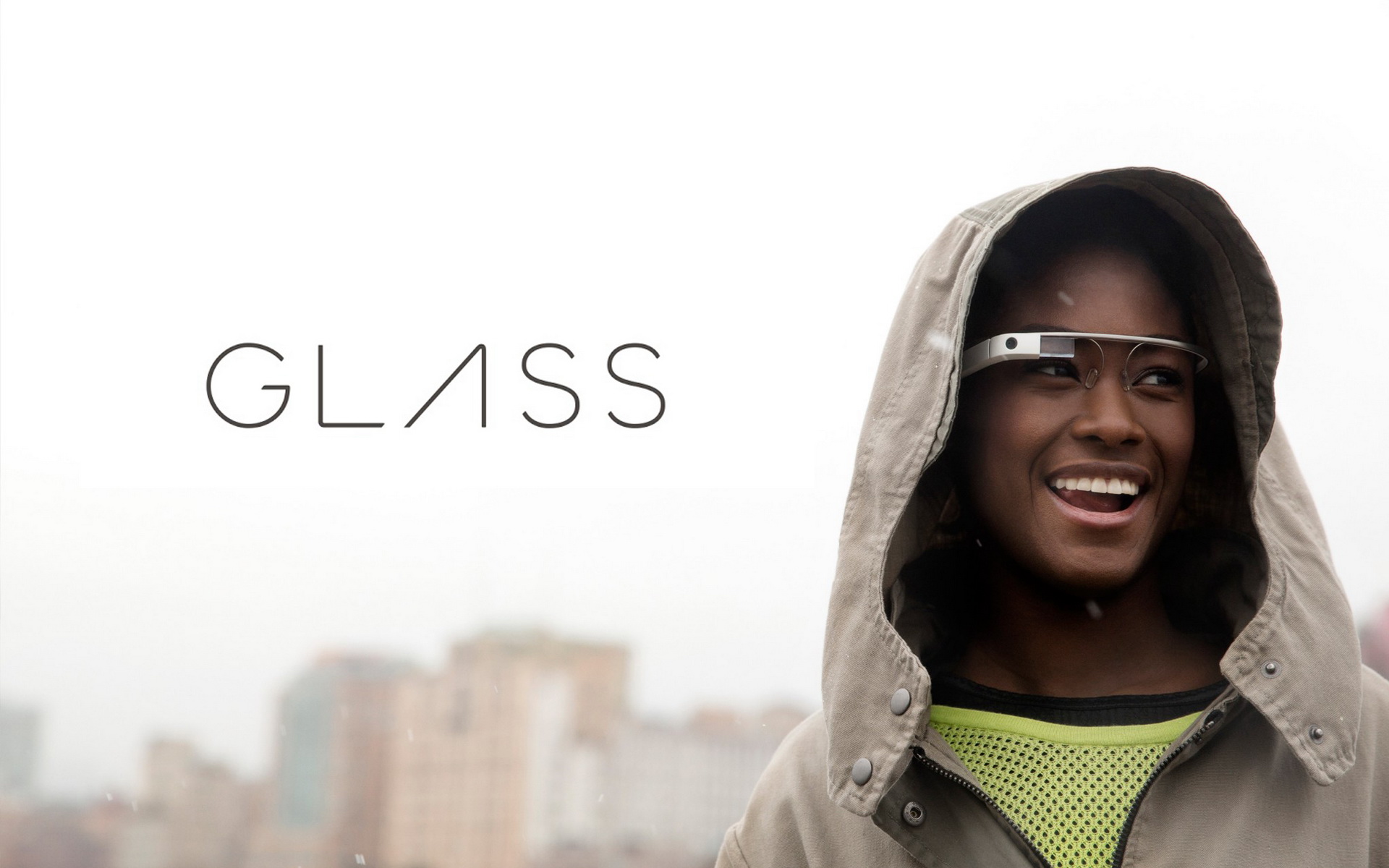
As Computerworld cited this week, Google Glass will not be available to consumers until 2014. This was something we forecast in the Lab’s 2013 Outlook as one of the life-changing technologies which would remain on the horizon for the time being.
The article cites consumer comfort levels with Glass as a reason for the ‘delayed’ launch, but as we said at the start of the year, perhaps bigger hurdles (by no means not the only ones) might be cost and battery power.
Back in December, Glass engineer Babak Parviz said “[Battery power is] a valid concern. We have done a lot of work in this area, and it is still a work in progress. Our hope is that the battery life would be sufficient for the whole day. That’s our target. So you would put the device on in the morning and you’d go about your daily routine. By the time you got back home, the device would still be functioning.”
Having tested Glass at the Lab, we’d be lucky if the battery lasted 2 hours, so there is a long way to go in that respect.
At the Lab, we imagine a future where consumers will be wearing their tech… The smartphone has changed many-a-consumer’s lives practically overnight. But because of its cumbersome form factor (it’s all relative…), we believe it represents a bridging technology to a world where tech will retreat into the background – as Pranav Mistry elegantly puts it in his 2009 Ted Talk, to “help us to stay human and stay more connected to our physical world.”
The smartphone will, however, continue to have a major role in this future – not as the interface that consumers interact with, but as the ‘brains and brawn’ behind our peripheral interfaces. A great example of this is Kickstarter darling, the Pebble Watch, which uses Bluetooth to harness the functionality and processing power of a smartphone to display its notifications.
Looking into our crystal ball, we imagine that within two iterations, Glass will also be powered by the smartphone. This makes sense since the phone is both a powerful, and a subsidized product. This will start to help solve two of Glass’s biggest issues: battery life and expensive guts.

